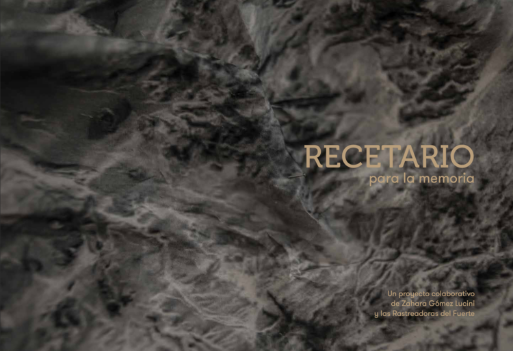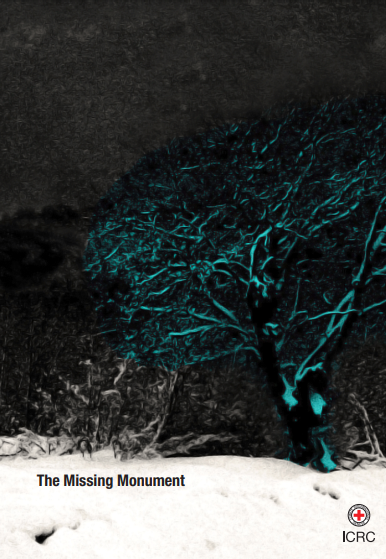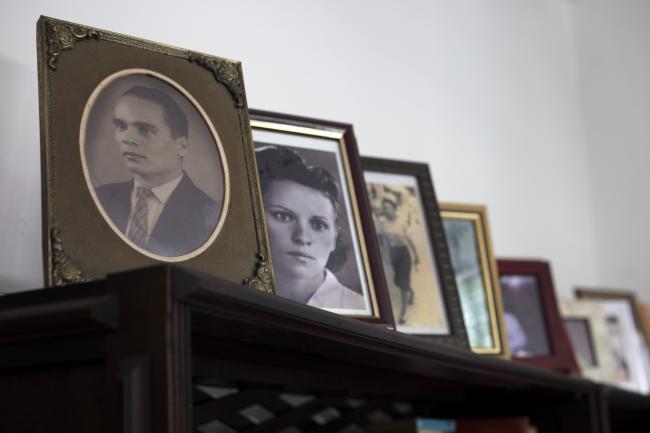Journal
Powerful remains: the continuing presence of victims of the Khmer Rouge regime in today‘s Cambodia
Human Remains and Violence, Volume 1, No. 2 (2015), pp. 36-55
Author
Helen Jarvis
Publication Year
2015
Region
Asia and the Pacific
Thematic Area
Forensics
Topic
Memorialization
Access
Open access
The Khmer Rouge forbade the conduct of any funeral rites at the time of the death of the estimated two million people who perished during their rule (1975–79). Since then, however, memorials have been erected and commemorative ceremonies performed, both public and private, especially at former execution sites, known widely as the killing fields. The physical remains themselves, as well as images of skulls and the haunting photographs of prisoners destined for execution, have come to serve as iconic representations of that tragic period in Cambodian history and have been deployed in contested interpretations of the regime and its overthrow.
Share







